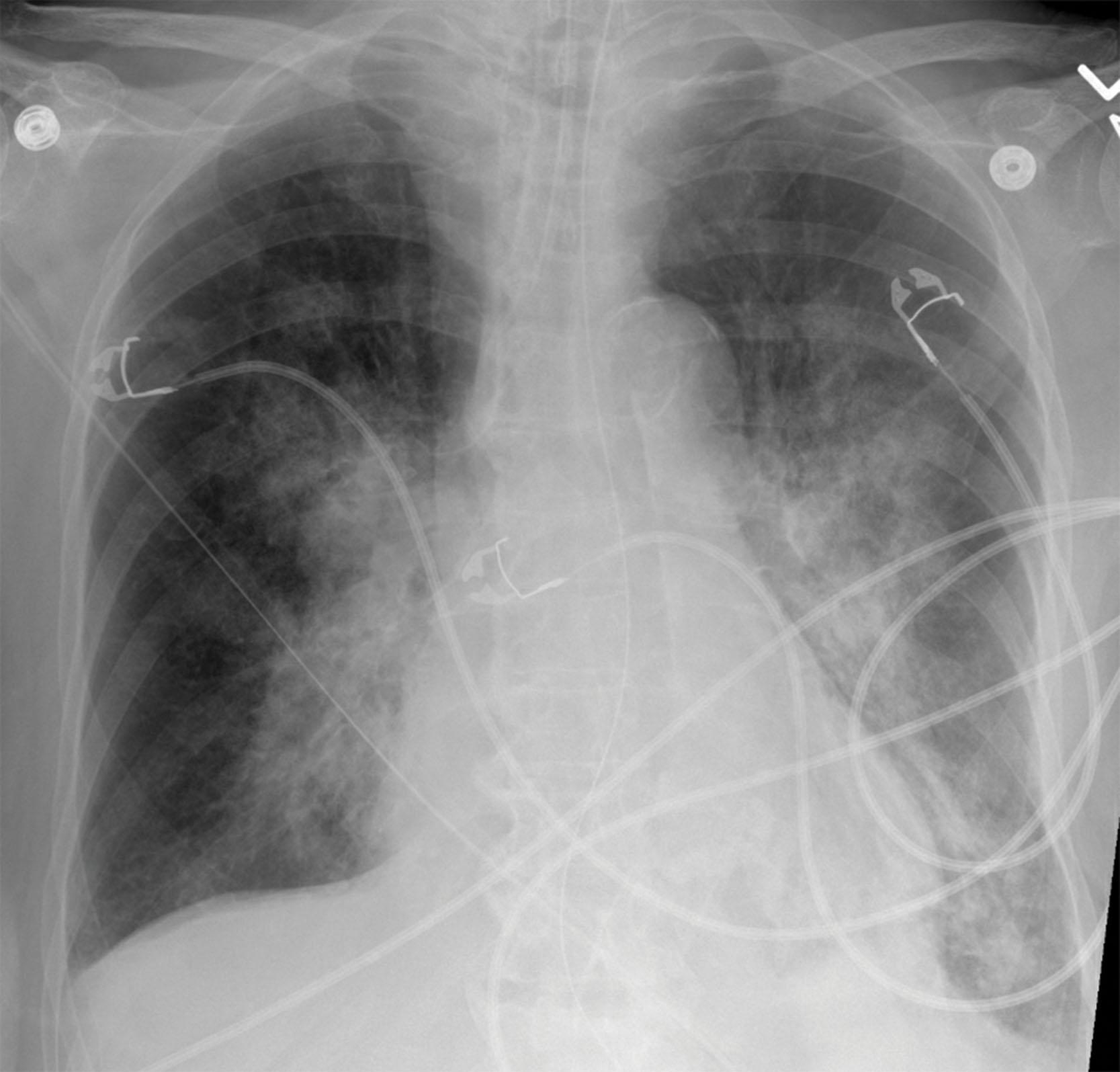Physical Address
304 North Cardinal St.
Dorchester Center, MA 02124
The bedside nurse initiated a rapid response event after the patient had an aspiration event where he had desaturated to the 70 s. Upon prompt arrival of the rapid response team, the patient was found to be a 77-year-old male with a known history of chronic obstructive pulmonary disease, coronary artery disease, type 2 diabetes mellitus, hypertension, and poor oral dentition. He was admitted a few hours earlier for right-sided weakness in the upper and lower extremities with a left-sided facial droop and was being evaluated for a stroke. The patient was still to be seen by speech therapy. His daughter had brought in some chicken noodle soup which he was eating, and started choking on it.
Temperature: 98.2 °F, axillary
Blood Pressure: 155/97 mmHg
Pulse: 110 beats per min (bpm) – regular rhythm.
Respiratory Rate: 28 breaths per min
Pulse Oximetry: 72% on room air, improved to 85% when placed on a 15 L/min (LPM) non-rebreather (NRB)
A quick exam showed an elderly male sitting up in bed in significant respiratory distress. He was alert and oriented and followed all commands appropriately. A pulmonary exam showed tachypnea with coarse breath sounds in the right lung. Diffuse wheezing was also present in all lung fields. His cardiac exam was significant for tachycardia with normal heart sounds, no murmur. The patient had weakness of the right upper and right lower extremity, with a left-sided facial droop which was similar to prior documentation. A detailed neurological exam was not done given tenuous respiratory status.
A cardiac monitor and pads were attached immediately. Emergent endotracheal intubation was done at the bedside to secure the airway. Arterial blood gas was obtained, which later showed a pH of 7.19, pCO2 of 118, pO2 of 50, oxygen saturation of 85% on 15 LPM NRB. Stat chest X-ray (CXR) was obtained, which showed an endotracheal tube in the correct place. It also showed diffuse bilateral opacities/consolidation, most prominent in the left mid and lower lung zones, consistent with aspiration pattern ( Fig. 22.1 ). Stat dose of ampicillin-sulbactam was ordered, and the patient was immediately transferred to the intensive care unit for therapeutic bronchoscopy and pulmonary toilet.

Become a Clinical Tree membership for Full access and enjoy Unlimited articles
If you are a member. Log in here